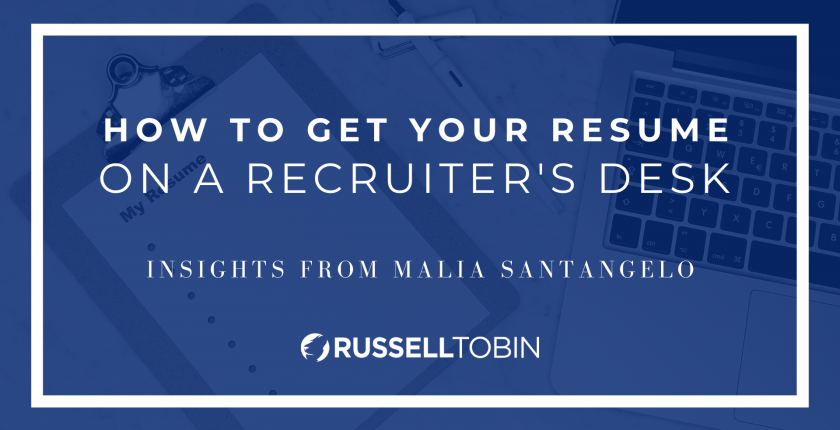You paid someone in your networking group to re-format your resume so it “stands out” to hiring managers. You found a handful of roles you would be the perfect candidate for and begin to apply, yet after clicking the option to upload your resume into their online application system, it requests that you type in every detail all over again…
WE’VE BEEN THERE.
We live in a digital world where companies rely on their robust Applicant Tracking Systems (ATSs) to manage candidates. You might not realize that your shiny, new, updated CV isn’t formatted for visibility within the program that does the initial pre-screen. There is a delicate line between ensuring your resume stands out and making sure the information in your resume will transfer when it’s uploaded into the system.
Many people don’t know that when you send your resume to a company, the resume is often automatically uploaded into a database that extracts critical information and keywords. If your resume isn’t formatted in a way the program can read, your information can get lost which decreases your chances of getting a follow-up call. A recruiter will be unable to reach out to you if something as important as your name or contact information is missing.
There are a few things you can do to ensure your resume doesn’t wind up as another “lost file.”
Tip #1: Avoid adding in text as an “image.”
I’ve seen many resumes that have sections of information or text pasted in as an image. I’ve also seen entire resumes pasted into MS Word or Google Docs as images (likely in an effort to reformat a PDF). Unfortunately, most ATSs read text-only and won’t catch the information that is formatted as an image.
Tip #2: Follow the “chronological order” format.
There are a million and one ways to communicate your experience on a resume, but from a recruiter’s perspective, the most effective way is to place your most recent experience first. That’s because it is almost always the most important and relevant experience to highlight. You want your most recent experience pulled by the ATS.
Tip #3: Keep it simple!
Simple doesn’t have to mean boring. It does mean to avoid templates that require you to insert information into text boxes or use color blocks and word art. The easiest way to ensure your information converts properly is to have all relevant and important information in the body of the document as text. Be creative. But don’t overdo it!
Malia Santangelo
Associate Recruiter, Russell Tobin

 Helping the
Helping the Specialized
Specialized Industrial
Industrial Healthcare
Healthcare MSP & Contingent
MSP & Contingent Innovative
Innovative Business
Business








